Springer Nature | Journal of Building Pathology and Rehabilitation
Luis Miguel Urbina Leonor, Nora A. Pérez, Rodolfo Sosa Echeverría**, Ana Luisa Alarcón Jiménez**, Pablo Sánchez Alvarez**, Alejandro Mitrani
**Departamento de Ciencias Ambientales | Grupo de contaminación Ambiental
Abstract
M
onuments are important elements of urban public spaces, serving various functions beyond their artistic and historical value. One largely unexplored function relates with their study as pollution receptors: Monuments, as silent witnesses of a city’s transformation, are holders of the pollutants that are emitted nearby by diverse anthropogenic activities. Analyzing the pollutants retained on their surface not only provides information on the current pollution sources affecting the monument, but also provides evidence on emission sources from past activities in the area. This study employs a transdisciplinary approach including historical archival research needed to understand the city’s evolution, and chemical analyses to look for physical evidence of those changes through their pollution remains. Such approach remains scarce in the literature. From a heritage science perspective, in the present work we studied the monument dedicated to Vicente Guerrero in Mexico City, as the receptor of historical air pollution emissions from different sources. Results display how 150 years after its erection, the monument still holds evidence of historical pollution sources—such as a former nearby train station—offering insight into the environmental history of the city and the impact of urban activities over time.
REGRESAR











